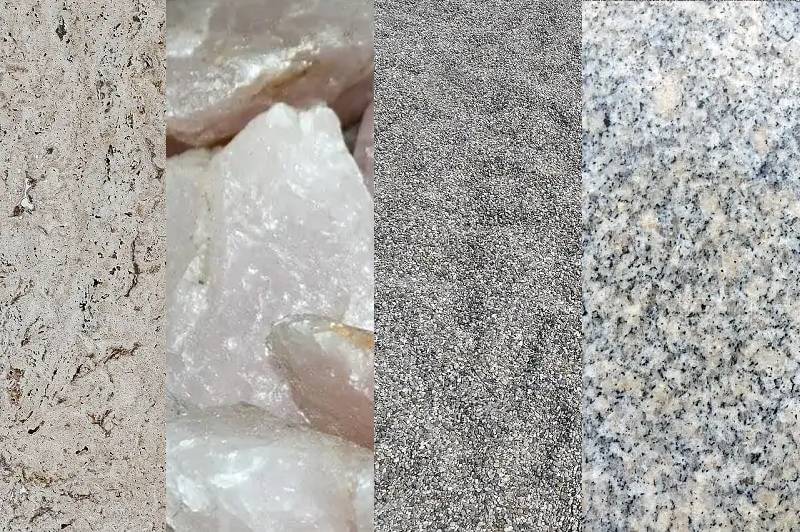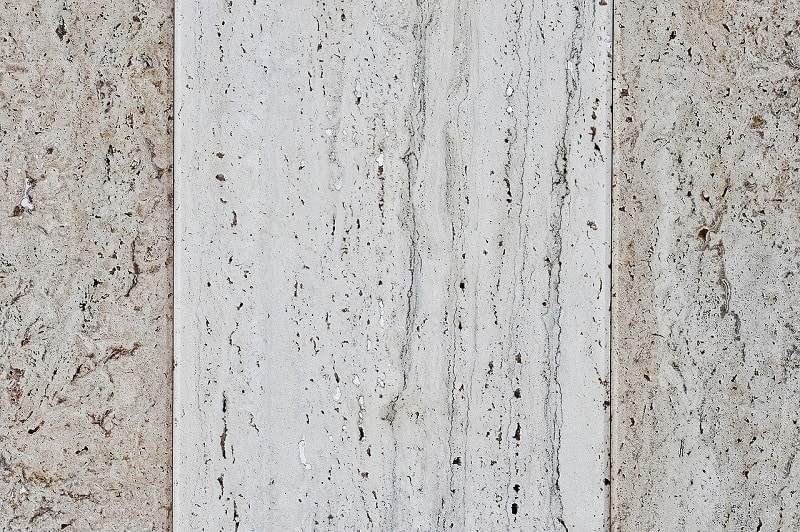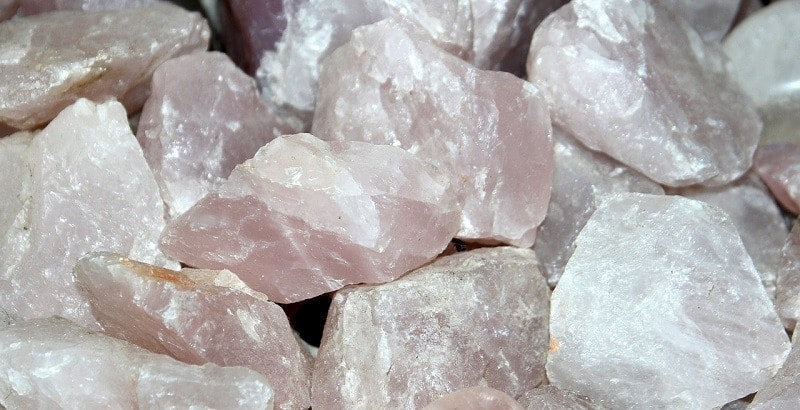4 Different Types of Pool Plaster: Which One’s Best?
-

- Last updated:


There are four types of pool plaster you can use to create different aesthetics and feel for your pool walls and floor. Each one is slightly different and has good qualities and bad. It can be challenging to find out which one would be best for your pool if you’re not familiar with each of them, and once you’ve made your decision, there’s no going back.
Will take an in-depth look at each type of plaster, and list all of the pros and cons. We’ll discuss lifespan, ease of cleaning, cost of installation, and appearance to help you make an educated decision about what’s right for your inground pool.
The 4 Different Types of Pool Plaster
These are the four different types of pool plaster and finishes that we’re going to review.
1. Marble Plaster

Marble plaster is by far the most common type of pool plaster used today. White marble plaster is a blend of cement and crushed white marble. Crushed marble is often called marble aggregate. White marble plaster is the least expensive plaster to redo your pool. It is often white in color, but can sometimes be dyed blue to enhance the color of the water. You can expect white marble plaster to last 9 to 12 years, and its smooth surface makes it easy to clean and maintain.
The downside to this plaster is that it’s the plainest to look at of all the types. It’s also not quite as durable as some of the others. Since it’s so common, many people may opt for a more modern look provided by the other types. There are no patterns or designs in this type of plaster, and as we said, it only comes in white or blue.
- Inexpensive
- Easy to clean
- Durability
- Plain
- Limited colors
2. Quartz Plaster

Quartz plaster is also called Diamond Brite plaster, and it is similar to white marble plaster but uses crushed quartz instead of marble. The quartz provides a harder, more durable finish that can withstand extreme weather and harsh chemicals much better than marble. Quartz also gives the plaster a sparkly appearance, which is where it gets its name. It’s still somewhat plain to look at and doesn’t have any patterns or designs, but this type of plaster is available in 17 different colors to give you some variety. The colors are UV resistant and will not fade over time. This type of plaster also provides a smooth surface that’s easy to clean and maintain.
Compared to the white marble plaster, the downside is that it is more expensive, but the life expectancy is a little bit longer. You can expect diamond brite plaster to last from 10 to 15 years.
- Easy to clean
- Available in multiple colors
- Withstands extreme weather
- Longer life expectancy
- Looks plain
- Expensive
3. Pebble Aggregate

Pebble aggregate plaster is a type of plaster that uses large pieces of smooth stones or crushed rock in the cement. Pebble aggregate creates a very rough surface, and in some cases, it can feel like you’re walking in a river or lake depending on the size and placement of the aggregate. This type of plaster can give your pool a very modern look. You can create many patterns, designs, and textures, again depending on the size and type of rock used. The pebbles and stones also create an extremely durable surface that can last longer than any other type of plaster on this list and can last up to twenty years, even in climates that experience harsh weather.
The downside to this type of plaster is that it can get extremely expensive. The stones and pebbles can also create a porous surface that will allow bacteria and algae to hide and grow. The rough surface will be much more challenging to scrub and keep clean, and many people may not enjoy walking on stones and pebbles.
- Modern look
- Many variations in texture and color
- Extremely durable
- Rough surface
- Hard to clean
- Extremely expensive
4. Tile Finish

The last type of plaster we’re going to talk about is the tile finish. While tiles are not plaster, they’re becoming a very popular way to line your pool. The tiles are applied directly to cement and have a few advantages over the other types of plaster we’ve discussed.
For one thing, the hard, smooth surface of the tile is easy to scrub and will not allow bacteria or algae any place to hide and grow. While not quite as durable as pebble aggregate, it’s reasonably close. Another huge advantage is that you can change sections of tile without retiling the entire pool. If a problem does occur over the years, it can be much cheaper to fix. You also have an unlimited number of colors, designs, and patterns to choose from, and your imagination is the limit when it comes to tile. You can expect a tile finish to last between 12 and 18 years.
The downside to tile is that you have to install it piece by piece, so if you’re not doing it yourself, it can be costly. It will also take longer to install tile than plaster. You will also need to maintain the grout between the tiles, and if your chemicals are not balanced correctly, the tiles can become foggy or develop a haze.
- Durable
- Any color and design
- Easy to clean
- Able to repair small sections
- Long installation time
- High cost
- High maintenance
In Conclusion
Now that we’ve gotten over the four types of pool plaster, you can see it’s not an issue of which one is best. It’s much more about personal preference and possibly budget demands. The standard marble plaster is an excellent choice if you want an inexpensive pool that’s easy to maintain, and you don’t require a modern look. If you live in a very harsh environment, and the budget allows, you may spring for the quartz plaster as it’s a little bit more durable. Tile and the pebble aggregate are for people who don’t care about budget and want a modern looking pool that is extremely durable.
No matter which type of plaster you choose to use, it’s imperative that you keep the proper chemical balance in the water, as the harsh chemicals can destroy the plaster over time and significantly reduce the lifespan of your pool.
If you enjoyed reading this article and learn something new about pool plaster, please share this guide on the different types of pool plaster on Facebook and Twitter.
Featured Image Credit: Marble Plaster, Hannibal8height; Quartz Plaster, Myriams-Fotos; Pebble Aggregate, anaterate; Tile Finish, AKuptsova, Pixabay
Contents

